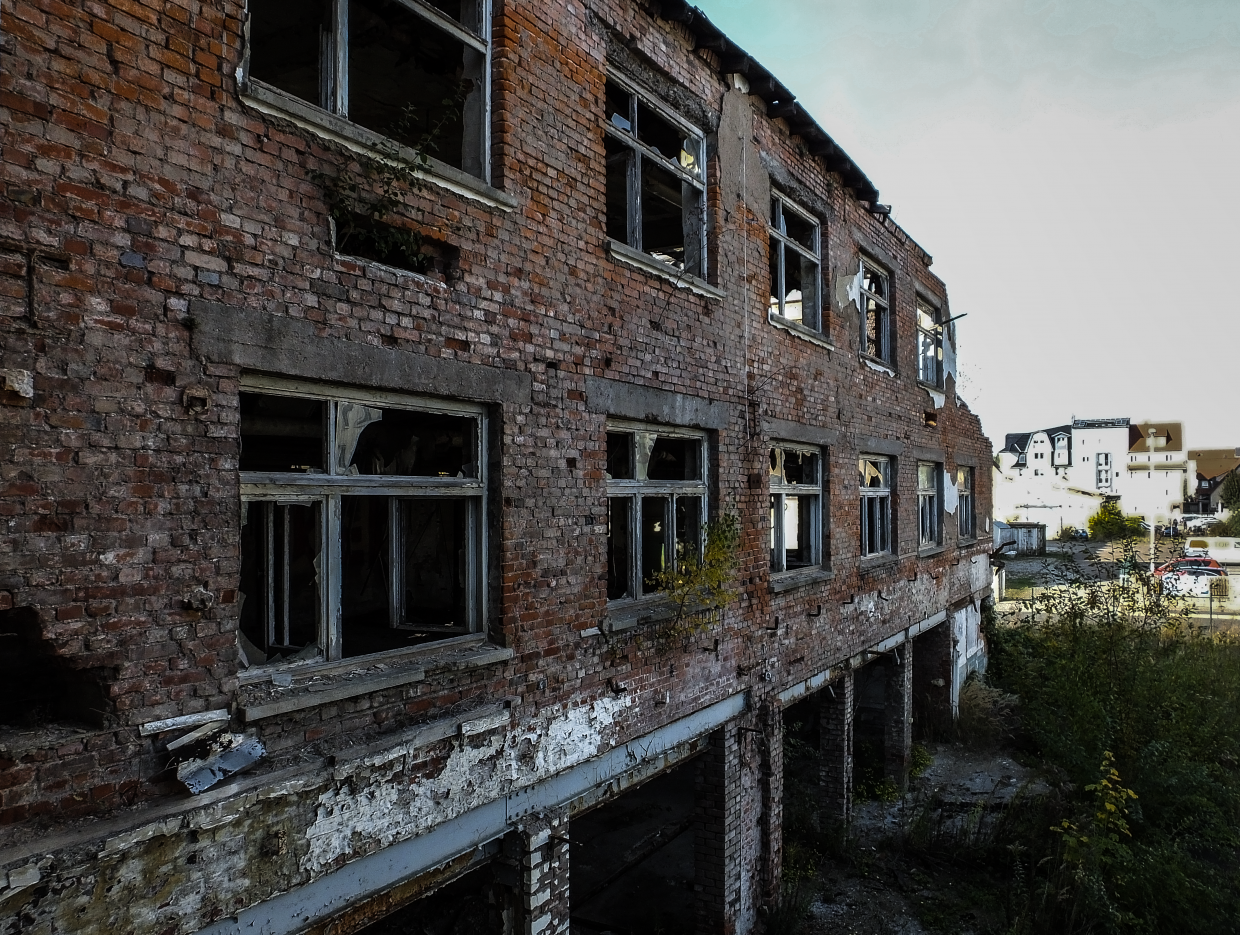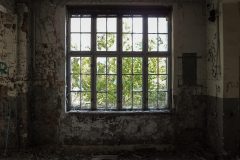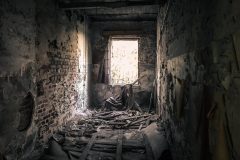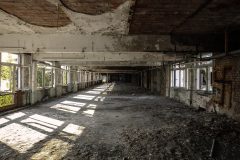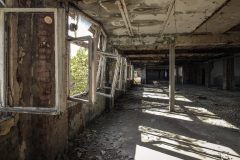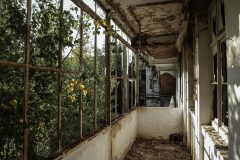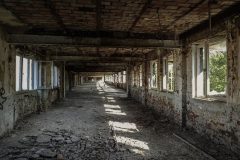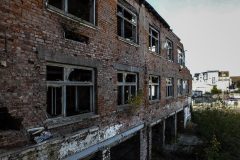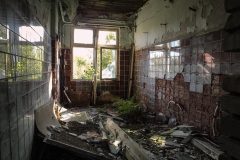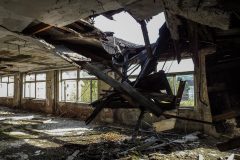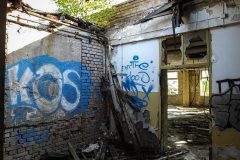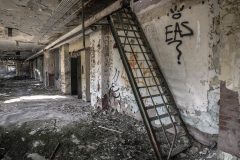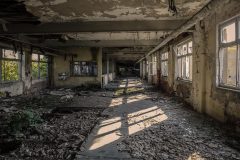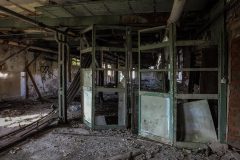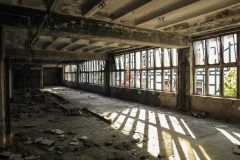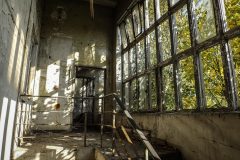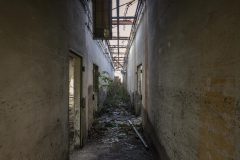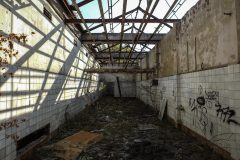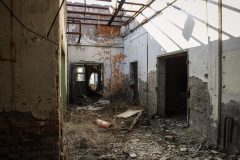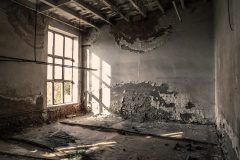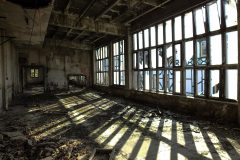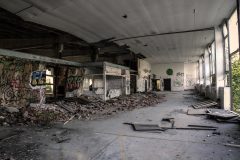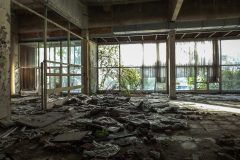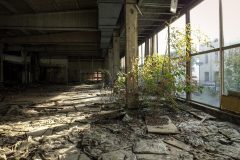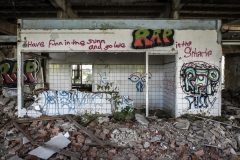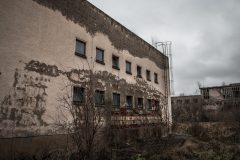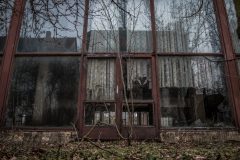In 1907, the factory Alfred Schwarz GmbH was founded in the industrial area of Eisenach at Kupferhammer/Oppenheimstraße with 70 employees. The company used the trademark MELAS for its core business of lighting technology such as carbide and petroleum lamps for carriages, lanterns, bells, bicycle and carriage horns, pedals, and air pumps. During World War I, the company also produced for the armaments industry. After 1920, the production of auto and bicycle accessories became the main focus, including switches, electric reflectors, car signals, boundary lights, warning and stop lights, license plates, and the first windshield wiper motors, which were either self-developed or manufactured under license. In 1923, 40 percent of the goods produced were exported, and the company grew to 400 employees in 1927. The founder of the company died in an accident in 1935.
The company was converted into a joint-stock company (Metallwerk Alfred Schwarz AG), and its majority shareholding was held by the “Union” Gesellschaft für Metallindustrie Sils, van de Loo & Co. based in Fröndenberg, at the latest by 1938. The Eisenach plant already had 1,000 employees in the summer of 1939. With the outbreak of war, priority had to be given to essential items for the war economy, such as small engines, camouflage searchlights, and igniters. The factory was damaged several times by air raids and resulting fires, and in April, US-American artillery destroyed several factory buildings in the western part of the site. In the first years after the war, the company cooperated with Bosch, delivering turn indicators and receiving alternators, ignition systems, and starters in return.
By 1946, the workforce had already grown to 400 employees again. In 1947, the company was expropriated and transferred to state ownership in 1948, merging with other Eisenach companies to form the VEB Auto- und Fahrradelektrik Eisenach (AUFA). The most important site was the former cigar factory Bruns in Eisenach Westbahnhof, which had been built in the 1920s and was only 500 meters away from the main plant on Oppenheimstraße. Later, it became the location for the production of windshield wiper motors. The Eisenach production facility on Oppenheimstraße took over the production of turn indicators, interior lights, and other lighting assemblies in the early 1950s. The number of employees was increased to 1,065 in 1957.
In 1958, the Ruhla plant was merged with the Eisenacher AUFA to form the VEB Fahrzeugelektrik Ruhla. In the 1960s, there was a location-based concentration and standardization: Only starters and signal horns for the automotive industry were produced in Plant I in Ruhla, wiper motors for windshield wipers and bicycle lighting technology were produced in Plant II in Eisenach (formed from the former Metallwerk Schwarz (MELAS or AUFA)), electromagnetic switches and headlights for cars were produced in Plant III in Brotterode, and ignition distributors were produced in Plant IV in Gumpelstadt.
Our location rating:
